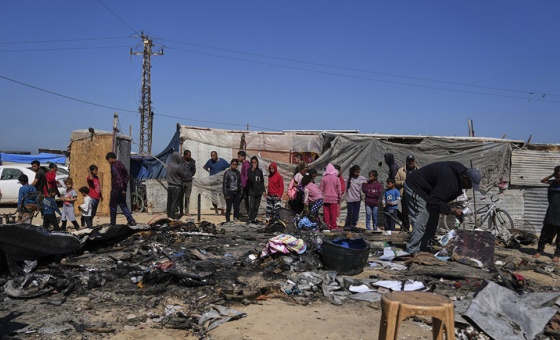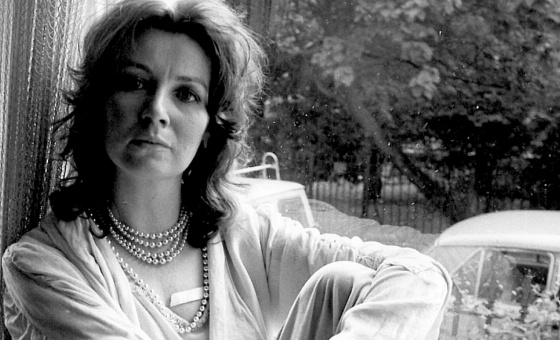This is the last article you can read this month
You can read more article this month
You can read more articles this month
Sorry your limit is up for this month
Reset on:
Please help support the Morning Star by subscribing here
Back in 2003 the BBC asked me to make a short film that was broadcast as part of a series of arts programmes called Reading the Decades.
The idea was simple. They asked people to talk about books that had changed their lives, books from three decades — the 1950s, ’60s and ’70s. They weren’t looking for politics, novels or great literature, although they did spend some time with Lady Chatterley.
No, these were practical books, the cookbook that started Delia on her career, for instance. They asked me to talk about how I became a travel writer and my rather prosaic choice of volume was from 1964 — The Shell and BP Guide to Britain.
Like the famous Shell County Guides, this huge book brought together great writers, photographers and illustrators. Authors like Geoffrey Grigson, Sid Chaplin, W G Hoskins and, in the case of Suffolk, Adrian Bell would become lifetime favourites.
Much more important, the book introduced me and my wife Ann to England and to travel.
When we were kids in London neither of our families had a car so we hadn’t ventured far. Ann’s mum and dad loved taking the Thames steamers down to Southend and Clacton. Summer holidays would be on the Isle of Wight.
My family’s weekend trips might be a trolleybus ride to Hampstead Heath, or a coach trip to the coast.
Most summers it would be a holiday camp at Leysdown on the Isle of Sheppey.
Suddenly, as a young couple with a tiny son, we had the freedom to actually explore the land of our birth. We bought our first camper van.
The book and the van changed our lives forever. First we discovered England, then Britain, later the rest of the world. We have now toured and camped in over 40 countries and I’ve managed to make a living writing and broadcasting about our travels.
One of the very special gems the book introduced us to was the pretty Suffolk village of Orford. All those years ago it was a very remote place with a great pub, good local Adnams beer, a fishing quay and a very secret military base, out on the Ness, that nobody talked about.
It was and is an amazing place. Fishing boats still sail from the quay but now the top secret base is open to the public — courtesy of the National Trust.
Memorably Orford was also the place we ate our first oysters and fell in love with them at first taste and have been eating them ever since.
We had these amazing bivalves for the first time in a restaurant at Orford’s village square and just last week — almost 40 years on — we were in the same restaurant, still owned by the same family and yes, we started our meal with a dozen local oysters.
Not long after the second world war Richard Pinney decided he had had enough of London. He found a derelict cottage just outside Orford next to Butley Creek on the Suffolk coast.
Pinney set about restoring oyster beds that had long lain derelict. Oysters had been cultivated on the clean waters of the Butley Creek for centuries but the trade had died out almost a century before.
He started laying down oysters, which grew and fattened very well. Today Butley oysters are some of the fattest, most delicious and surprisingly the cheapest anywhere.
At the same time Pinney began experimenting with smoking sea trout by developing a unique system of using whole oak logs. It is still in use today to smoke all kinds of fish.
By the mid ’60’s Pinney had married and the couple opened a small restaurant they called Butley Orford Oysterage.
It was in the Oysterage that the BBC shot the ending of our film.
On camera we enjoyed oysters and a glass of local English wine. We drank to The Shell and BP Guide to Britain, the life of travel it inspired and to Orford and its oysters. Cheers!






